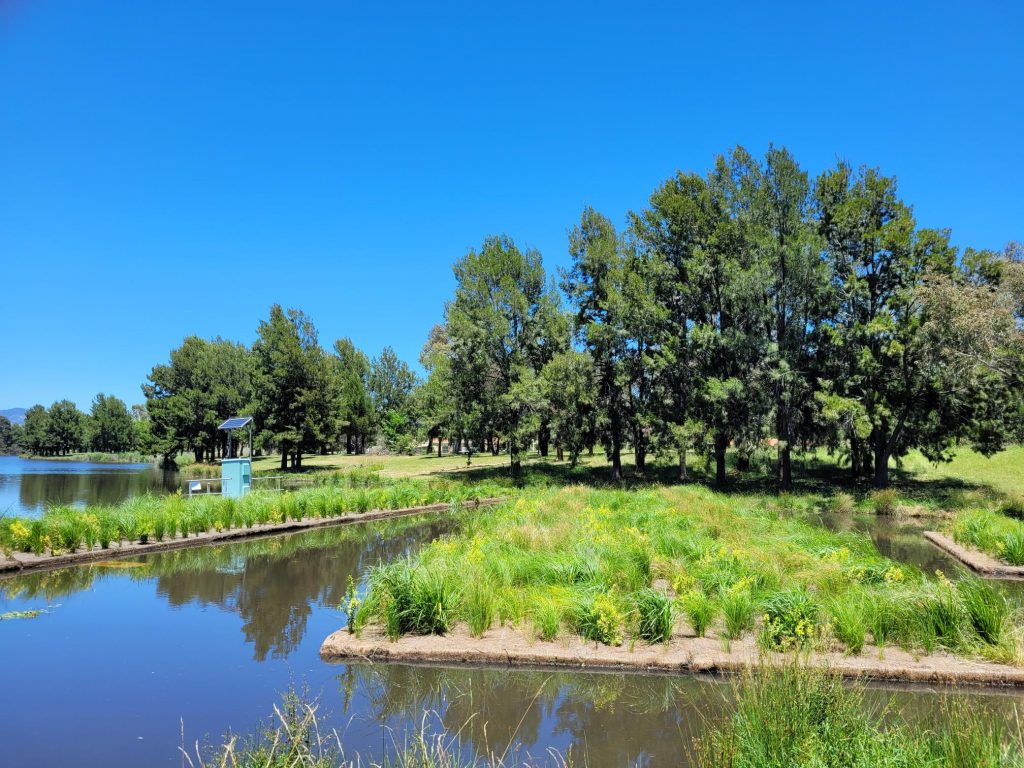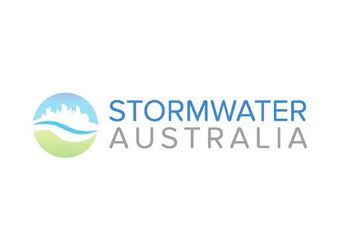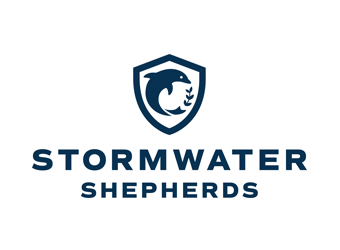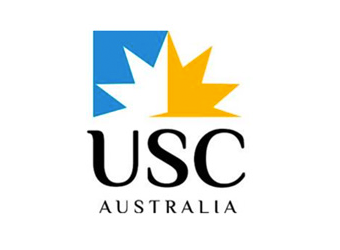Seventeen months after the installation of our Floating Wetlands in Lake Tuggeranong, we look beneath the surface at the growth of its flourishing root system. Freshly captured underwater vision captures its establishment and extensive root growth – with some roots now over 1 metre in length.
The design of these Floating Wetlands helps to control excessive nutrient levels in the lake, which has a history of Blue Green Algae blooms. High algae levels remove oxygen from the lake, release toxins, and seriously threaten the health of local ecosystems and wildlife. It also prevents swimming and water activities, which impact the ability of the local community to use the lake recreationally.
Healthy Floating Wetlands: Providing Habitats for Wildlife
Floating Wetlands are green stormwater assets that provide remarkable efficacy in reducing excess nutrients and sediments. As these systems grow, they provide vital habitats for land-based and marine wildlife and help to revitalise local waterways.
Our footage shows the adoption of the wetlands as a habitat for the lake’s small fish and birds, which help supports the local wildlife and associated food chains. Visually appealing and helping provide positive water quality outcomes, these floating wetlands help improve the site’s overall local ecology, biodiversity, and public amenity. Compared to traditional wetlands, the civil works requirement of a Floating Wetlands system is lower – while providing the same levels of stormwater treatment.
Bioremediation, Biofilm & Healthy Root Systems
Healthy roots and biofilm play an active role in stormwater treatment. These systems host a variety of microbes and bacteria, which take on the role of bioremediation. This biological action removes environmental pollutants – which controls nutrient levels and combats the proliferation of algae.
These root systems secrete sucrose, proteins and oxygen which supports the wetland’s biome and biofilm – which is not found in traditional surface wetlands.
The stormwater entering these wetlands is pre-treated by a Gross Pollutant Trap, which helps to remove plastic pollution, organic litter, and rubbish. The result is water quality treatment for the lake, the conservation of its vibrant ecosystem, and increased local sustainability.

















